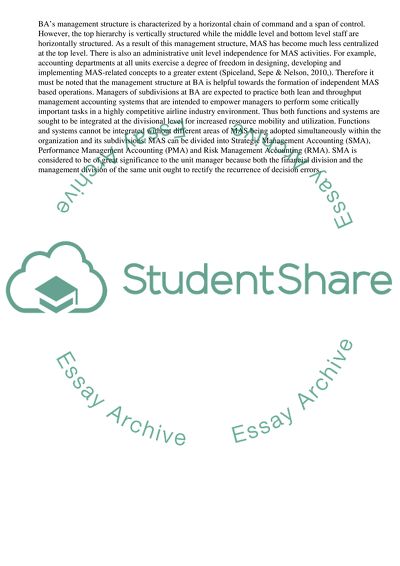Cite this document
(Budgetary Process of the British Airways Group Coursework, n.d.)
Budgetary Process of the British Airways Group Coursework. Retrieved from https://studentshare.org/business/1742996-individual-project-2
Budgetary Process of the British Airways Group Coursework. Retrieved from https://studentshare.org/business/1742996-individual-project-2
(Budgetary Process of the British Airways Group Coursework)
Budgetary Process of the British Airways Group Coursework. https://studentshare.org/business/1742996-individual-project-2.
Budgetary Process of the British Airways Group Coursework. https://studentshare.org/business/1742996-individual-project-2.
“Budgetary Process of the British Airways Group Coursework”, n.d. https://studentshare.org/business/1742996-individual-project-2.


